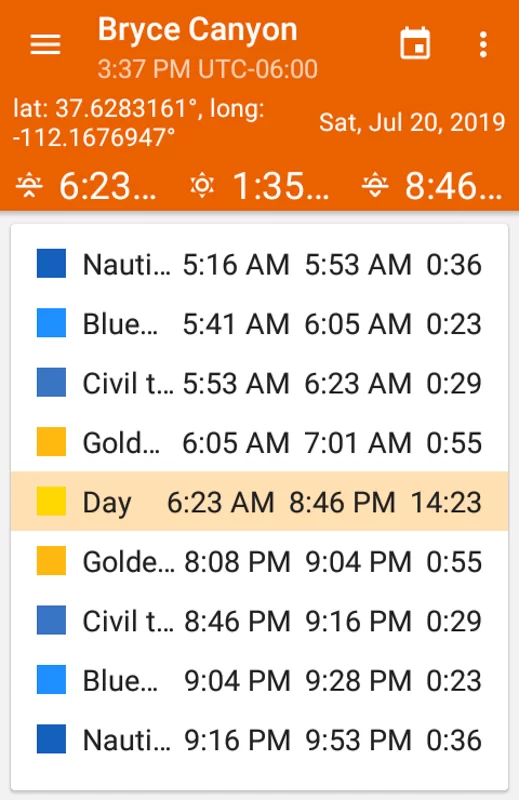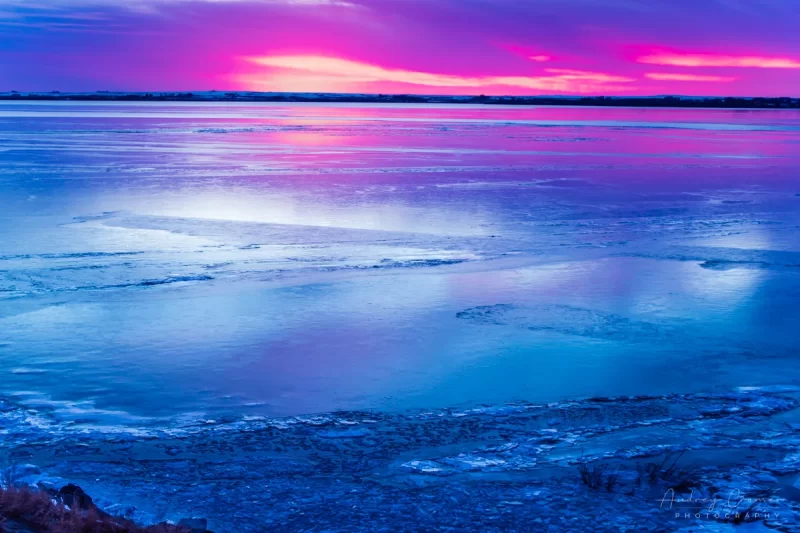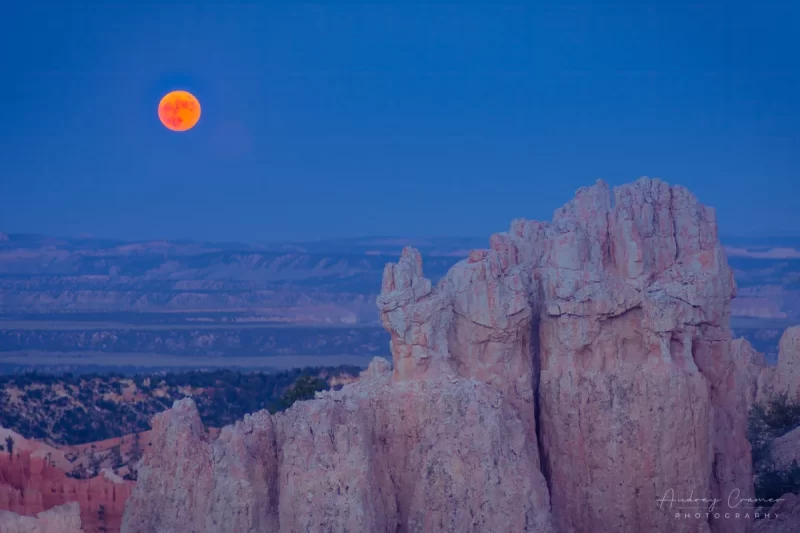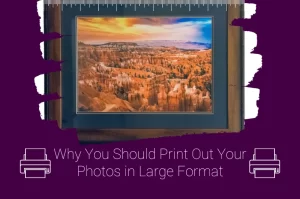When my husband was very young, he noticed that there was a particular time of day, just before night fell completely, where the light would take on a distinct blue cast. He called it “the blue time.” His parents thought he was being silly and just dismissed it. It turns out that he was onto something. However, it’s not called “the blue time,” it’s called blue hour and it’s important in photography circles. Today, we’re discussing what blue hour is.
In my last 2 articles, I talked about golden hour and its importance to the world of photography. If you need to catch up, check out these links here on what golden hour is and why photographers use it. Seriously, if you don’t already know, please read up. I’ll be referencing golden hour quite a bit here.
What is the “Blue Hour?”
Just like golden hour, the blue hour is not an actual hour block of time. It is actually 2 windows in a day, totaling almost an hour, where the sun below the horizon and the only light we get from it is indirect. We lose out on many of the longer wavelengths of light (such as reds, oranges, and yellows) and we only see the shorter wavelengths (greens, blues, and purples). This is why this time of day/night has such a blue cast to it.
The time blocks of blue hour are approximately as follows:
| Time of Day | Approx. Start Time | Approx. End Time |
| Sunrise | 30 min preceding | 15 min preceding |
| Sunset | 60 min following | 90 min following |
* Please note that these times are plus or minus a few minutes as each day’s a little bit different. Seasons and weather (cloud cover) make an impact on these windows as well.

If you need a demonstration of the difference between blue hour and golden hour, I can’t think of a better picture to show you both and the transition between than this panorama below. You will see blue hour to the right and you will also see the light quality transitioning to golden hour as you travel to the left. The far left shows golden hour.
How to Track Blue Hour

These days, there are plenty of options out there to help you track both golden hour and blue hour. Both windows depend highly upon your location and time of year. This is why you will need to enter both a location and a date into any tracking applications you choose to use. Some may do this for you but both variables are required in order to make the equation works.
I happen to use an app called Golden Hour which is available for Android on the Google Play Store. This app will not only give me the times of each blue hour, but also several other marked times of day such as twilight and full dark. I refer to this app frequently when I’m planning a photo shoot so I can make enough time to arrive and still have the best light ahead.
There are plenty of other options out there for tracking blue hour. This is one of the more popular apps out there for photographers of all kinds. A simple search of your app store of choice or an internet search will yield plenty of results for you to choose from.
Conclusion
Blue hour is a less popular, though no less useful, window of time for mainly landscape and nature photographers. You won’t see many others out there because of the limitations the light presents in addition to some of the time constraints (VERY early mornings). Blue hour bookends golden hour every day and can be tracked using both free and paid apps which feature it (most do).
So, the next time you see some straggler photographers hanging out after sunset and golden hour is over, you know that they’re after some blue hour photos which can be just as amazing as golden hour shots.






